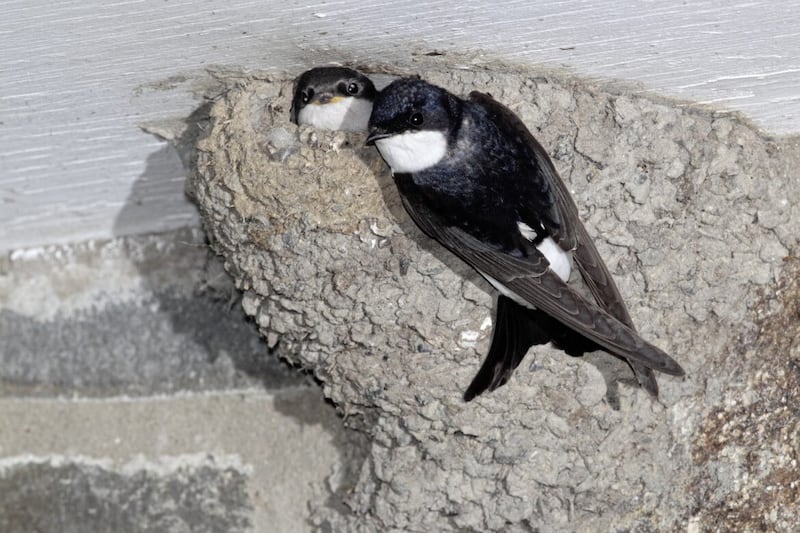“RIVERUN, past Eve and Adam’s, from swerve of shore to bend of bay, brings us by a commodious vicus of recirculation back to Howth Castle and Environs.”
Whole dissertations and doctoral theses have been written on the opening few words of James Joyce’s final novel, Finnegans Wake. But in the context of this column, suffice it to say, I went to Howth last weekend for a walk along the cliffs.
Give its location just a few kilometres to the north of Dublin and with easy access from the centre of the capital by the Dart, it is popular at the best of times. But a balmy Saturday afternoon in August, in the era of the staycation, made it particularly challenging to get to and to find a parking space.
Never the less, despite the numbers there was never a sense of being crowded and everyone seemed to manage to find their own space for walking or sitting to take in the views.
Just off the coast lies the island Ireland’s Eye, with a Martello Tower on it, which is what put me in mind of Joyce, although of course the Martello tower which featured in his novel Ulysses lies on the other side of Dublin Bay at Sandycove.
On the north east of the island is a rocky outcrop known as the Stack and a monastic church dating to 700AD can also be found there. Seabirds, including puffins, fulmars and razorbills nest on its cliffs.
The most popular walk on Howth Head itself is the trek to the lighthouse, which is up a not-too-steep incline and along the cliff tops which plunge into rocks and the churning sea below. Although, I was tempted by the enigmatic sounding Bog of Frogs Loop… but will do that next time.
Whin bushes and mountain heather cover the slopes as gulls and cormorants glide above the waves far below. On a clear day there are views over Dublin Bay to the city itself, Killiney Hill and the Wicklow Mountains, but it was one of those muggy coastal days when a haze seemed to hover just offshore.
The Bailey Lighthouse was built at the start of the 18th century, although there was a previous lighthouse in the same location.
Doubling back and smugly stepping aside to let those puffing their way upwards pass by, it took, in all, just over two hours to walk to the lighthouse and back again, with lots of stops for view-taking-in.
On the road down into Howth, overlooking the rocky shore below, is Balscadden House, where, according to the plaque outside, WB Yeats lived with his family when he was a teenager, between 1880 and 1883. It includes the lines: “I have spread my dreams under your feet/ Tread softly because you tread on my dreams”, from the poem He Wishes for the Cloths of Heaven.
A walk along Howth Harbour takes you well out into the sea and little bit closer to Ireland’s Eye and past buskers, strollers and several billion euro worth of yachts and cruisers.
In an act of pilgrimage it was also a chance to visit the final resting place of Ireland’s first and still most iconic ‘Rocker’ – Phil Lynott, who is buried in the graveyard at St Fintan’s Church. By pure coincidence my visit was just a few days before what would have been his 71st birthday – he died in 1986 aged just 36.
Lynott may not have the literary kudos of Joyce or Yeats, although surely they both would have given a nod of approval to the man who wrote in the lyrics to Rosin Dubh: It was a joy that Joyce brought to me/While William Butler waits/And Oscar, he’s going Wilde/Ah sure Brendan where have you Behan?








